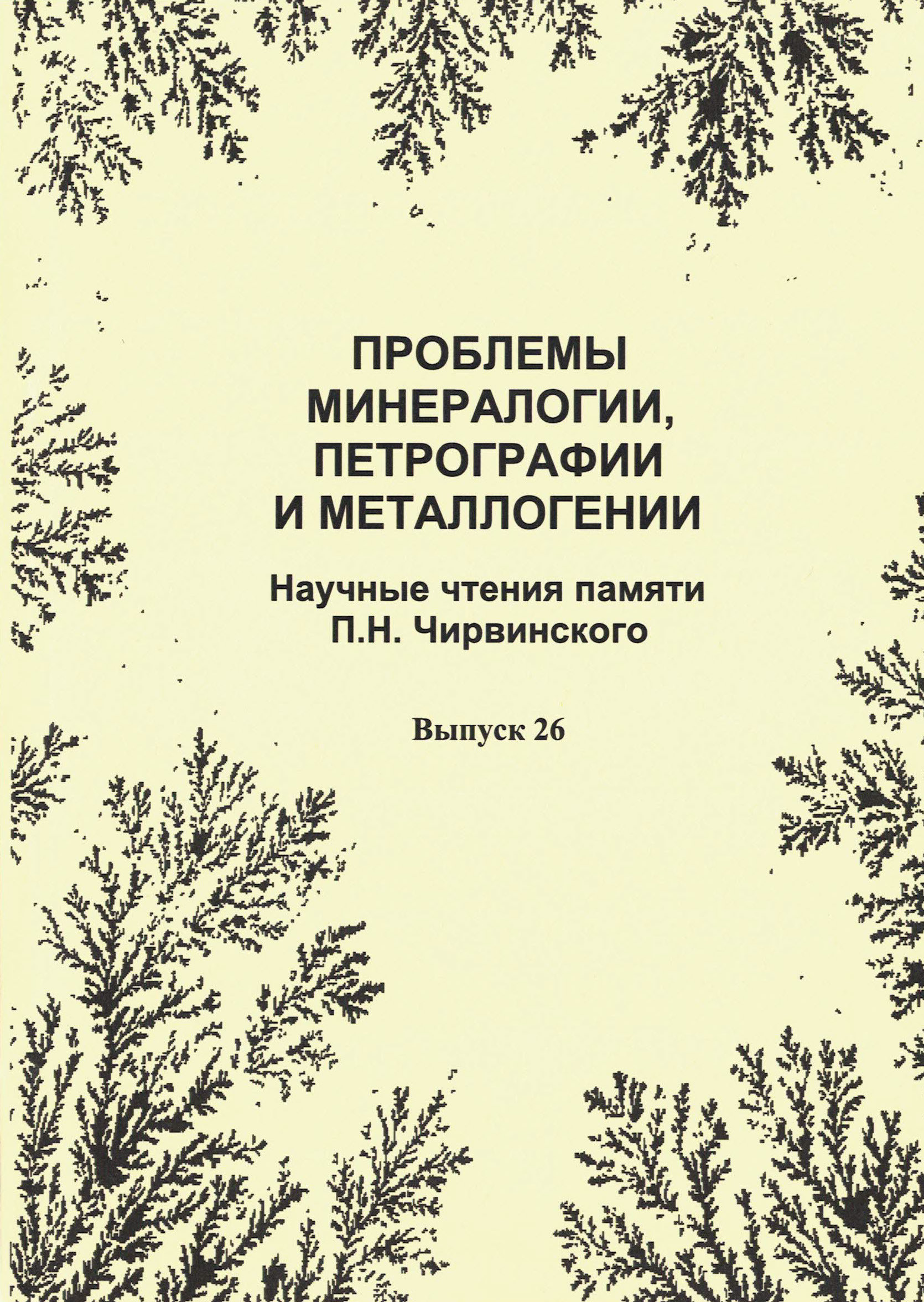Microstructural features of chromitite and ultramafic rocks of Almaz-Zhemchuzhina deposit (Kempirsay massif, Kazakhstan)
DOI:
https://doi.org/10.17072/chirvinsky.2023.230Keywords:
ultramafic rocks, chromitite, olivine, chromian spinel, EBSDAbstract
The features of the macro- and microstructure of chromitites and ultramafic rocks of the Almaz-Zhemchuzhina deposit are described. It is shown that the formation of the mantle section of the massif occurred as a result of high-temperature plastic flow. The macrotexture and microstructural features of chromitites were also formed under the conditions of plastic flow of host dunites with scattered ore material. As a result of the two-phase flow, chromite was segregated with the formation of lenticular-banded accumulations, and in the central parts of the lenses, conditions were created for contact (impingement) of initially dispersed ore grains, and the initial misorientation leveled out at their contacts, i.e., a new grain with a uniform crystallographic orientation was formed. As one of the probable mechanisms for the formation of massive chromitites, high-P sintering is assumed.Downloads
Published
2023-11-27
How to Cite
Saveliev Д. Е., Makatov Д. К., & Sergeev С. Н. (2023). Microstructural features of chromitite and ultramafic rocks of Almaz-Zhemchuzhina deposit (Kempirsay massif, Kazakhstan). Problems of Mineralogy, Petrography and Metallogeny. Scientific Readings in Memory of P.N. Chirvinsky, (26), 230–235. https://doi.org/10.17072/chirvinsky.2023.230
Issue
Section
Статьи




